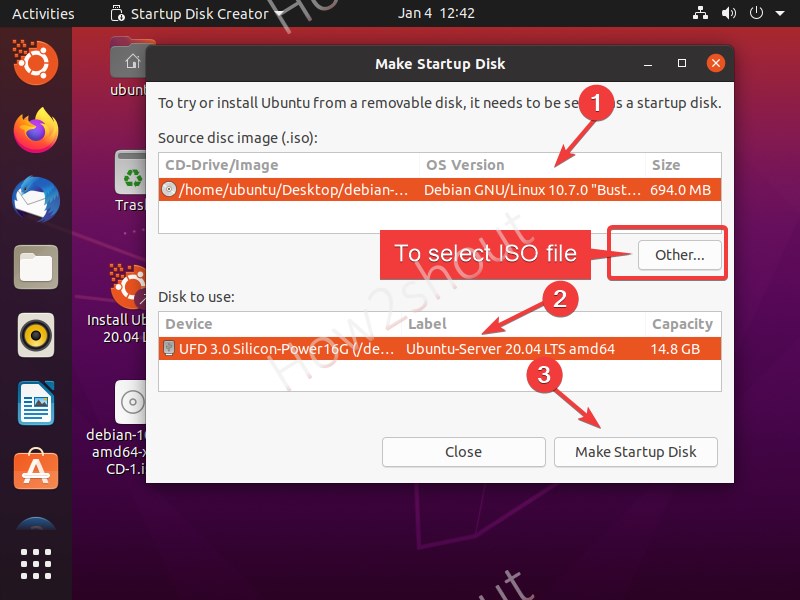

Now, you can boot your live system with persistence. Once finished, you can boot your live CD with persistence. When a warning prompts to inform you about disk data deletion, press OK to continue. Once executed, select your USB device, the ISO image, the size of the persistent partition (Note: If zero, there will be no persistence), and select GPT on the partition scheme drop-down menu.Īfter selecting the correct options, press the START button to start the process. Rufus will ask if you want it to check for updates, press the preferred options in order to continue. Scroll down the page to the download section shown in the image below:ĭownload and execute Rufus. It can be used to create portable, bootable and virtualized USB disk running Linux.This tutorial shows the step-by-step process of how to create a persistent storage for Debian or Ubuntu live USB. LinuxLive USB Creator is an open-source free to use software which is only available for Windows. It is available for a Windows-based platform.ĭownload Universal USB Installer 8. Universal USB Installer is another easy to use Live Linux Bootable USB Creator. into one Multiboot ISO file.ĭownload XBOOT 7. One interesting feature is that you can compile multiple files like Linux, Antivirus rescue CDs, etc. XBoot is an easy-to-use software to create Multiboot USB/ISO. The Ubuntu Startup Disk Creator is a tool by Ubuntu which helps you to write the ISO image to your USB drive and make it bootable.ĭownload USB Startup Disk Creator 6. It is available on Windows-based platform.ĭownload Rufus 5. Rufus is lightweight, small and easy to use the software. It can be used to write an ISO file to multiple USB devices at once. Gnome Multi-Write is a tool developed by the official Gnome project team. Etcher is developed using technologies like JS, HTML, node.js and GitHub’s Electron framework. sudo add-apt-repository ppa:gezakovacs/ppa sudo apt-get update sudo apt-get install unetbootinĮtcher is an open-source and cross-platform image writing tool.


 0 kommentar(er)
0 kommentar(er)
